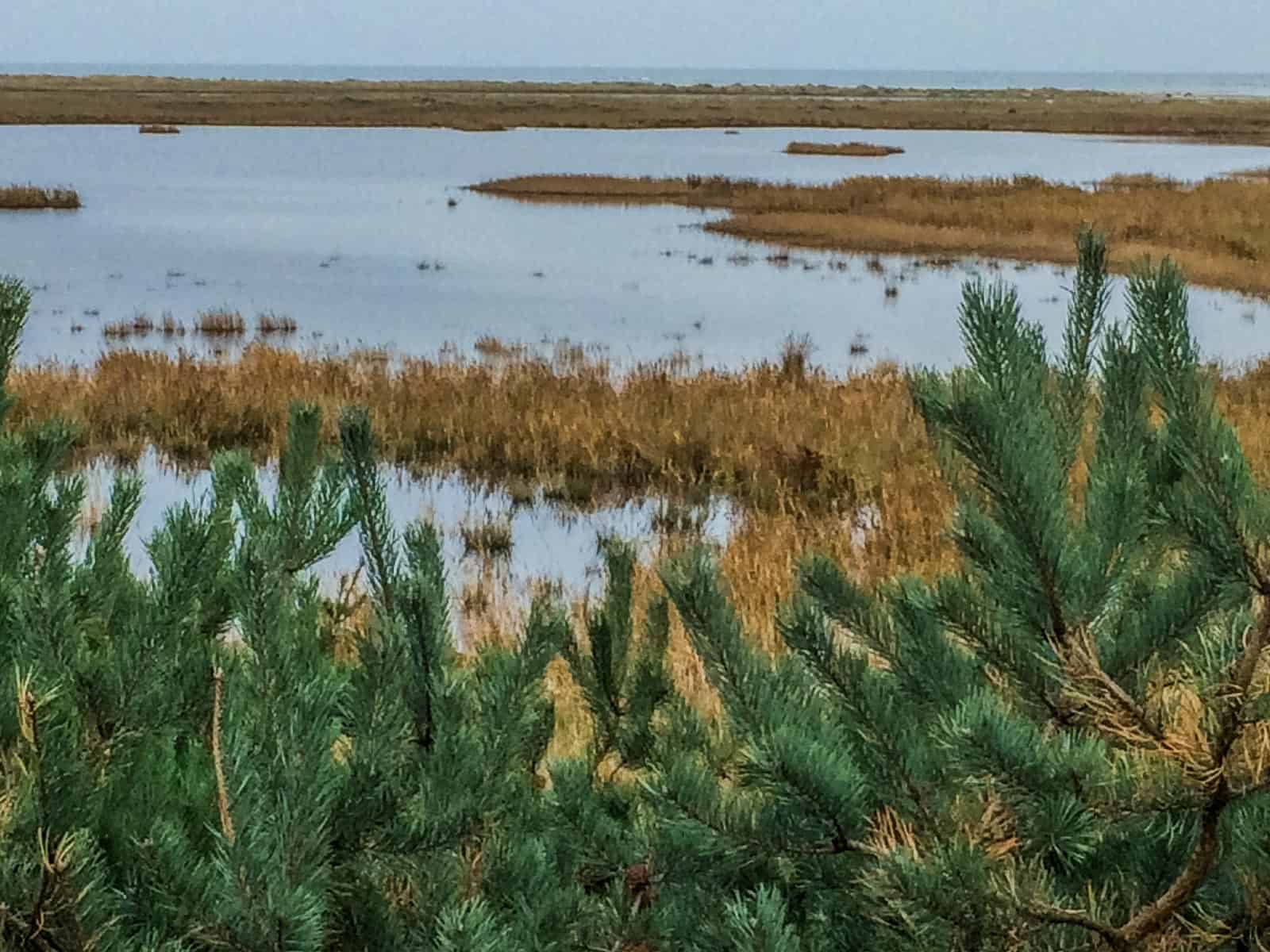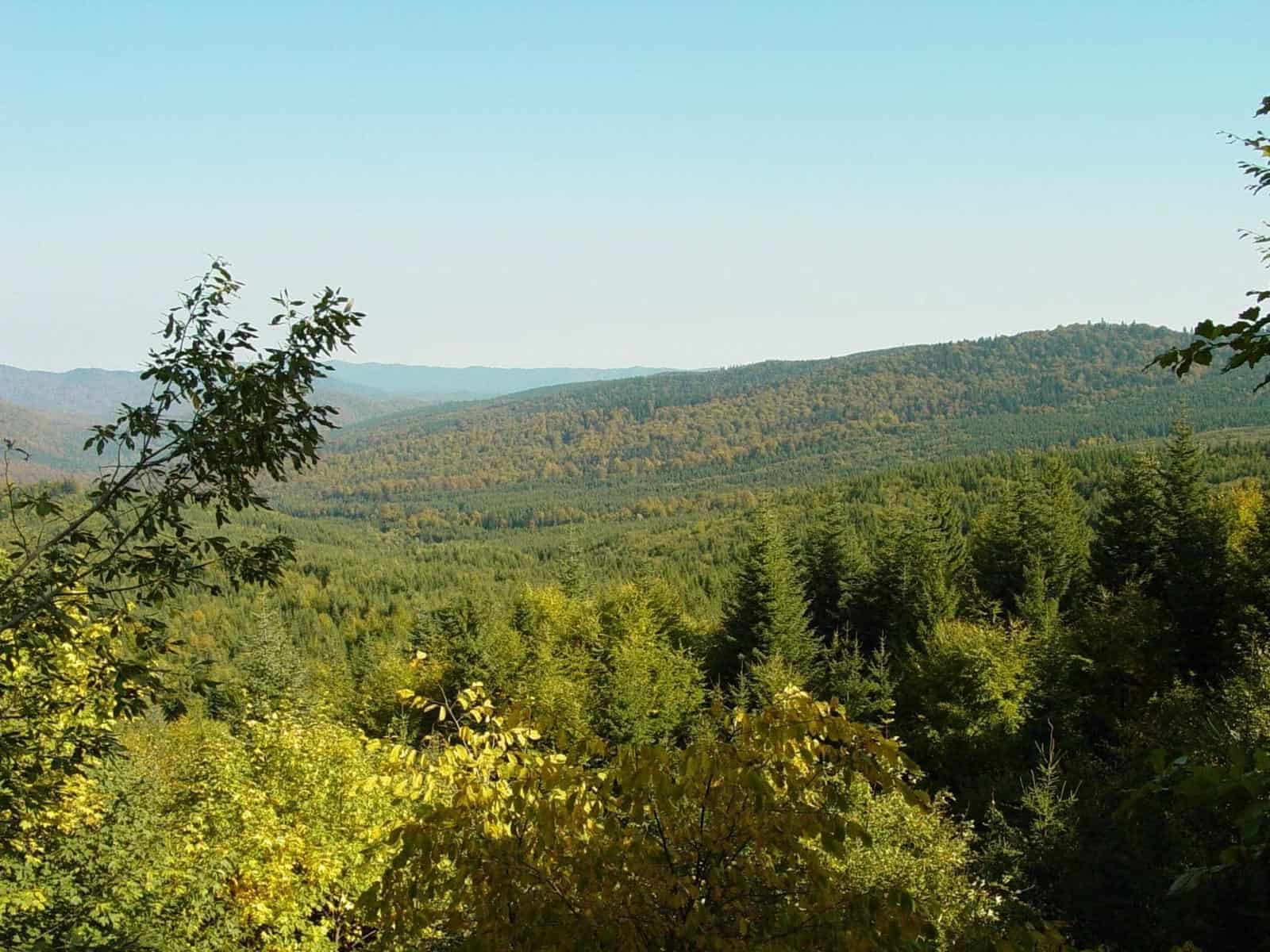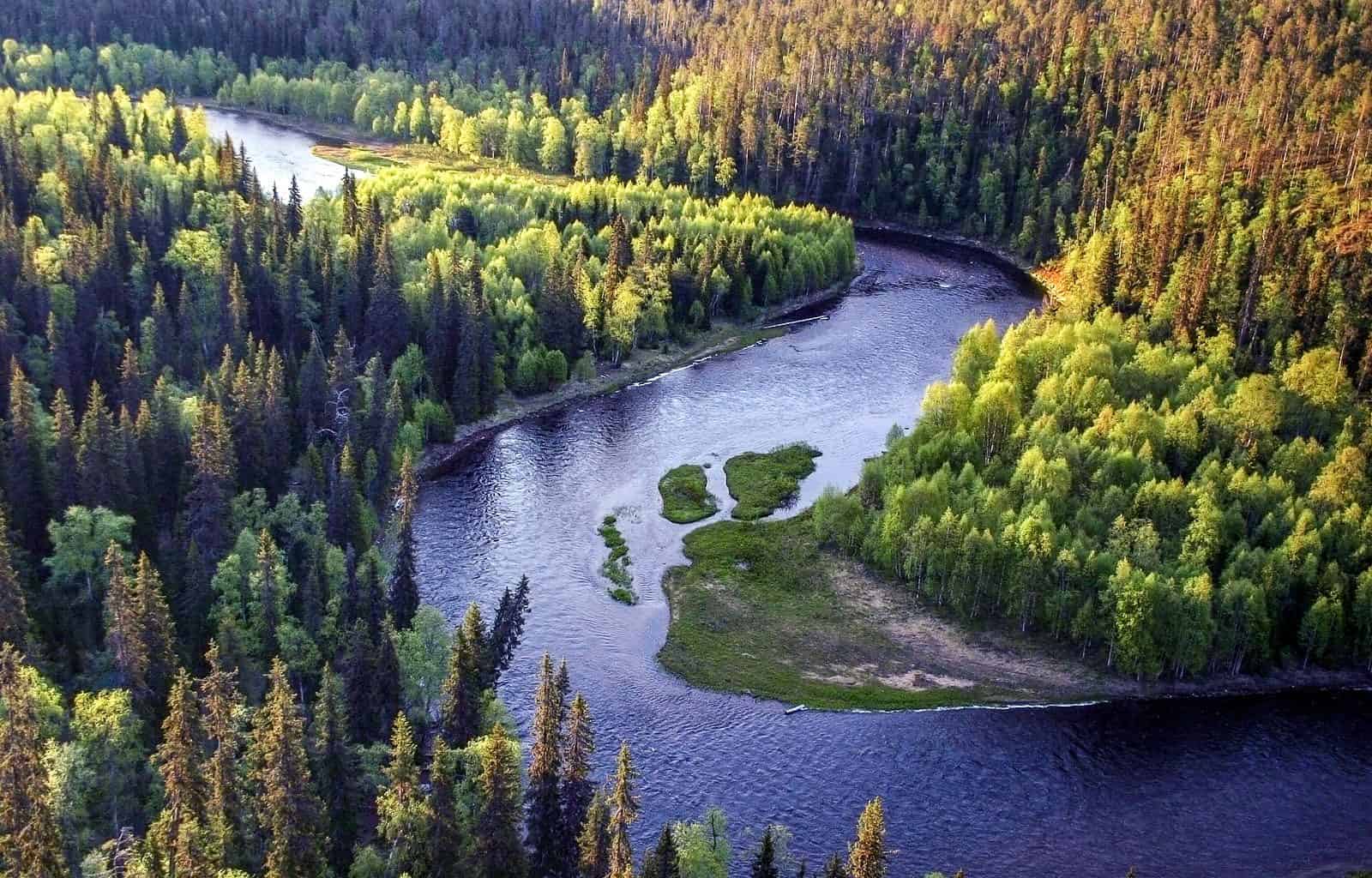The trouble with National Parks in Europe
Everything starts with naivety. In our naivety we think national park status guarantees protection status in Europe. The practice is somewhat different!
When – right after my university graduation – I started to work for WWF in Hungary, my motivation was driven by a childhood dream. At the age of 12-13 my favourite story was a cartoon about a team of dedicated conservationists saving various species under the umbrella of the panda (WWF). They were the Panda rangers….
In 1996 I thought a childhood dream came true! I was very soon faced with the reality: most of my work was policy related and far away from the field….as time went on unfortunately I became a conservationist who accepts ‘reality’.
Therefore I am always very happy when a non-conservationists, with his / her naive thinking (National Park = protected area = true nature) approaches me with a simple story! Chris Matera, a true conservationist not by education but by belief, sent me a message about how angry he was to see continued logging in Pollino National Park in Italy between 2011 and 2016. He meticulously documented the logging operation which has led to large scale felling even recognisable on google maps. He also visited Mt Sirino in PN Appennino Lucano – Val d’Agri – Lagonegrese where he also faced with commercial logging within or close to the National Park.
Chris who is an Italian citizen lived in the US, where on contrary to Europe logging in National Parks generally does not occur. He sent me several pictures and screen shots like this:
He wrote me the following:
“It feels like we wasted our time and money coming to Italy to see nature when the remaining forests are exploited even in “protected areas”. All the advertising about Italian National Parks feels like false advertising, especially when we can go see National Parks all over the world where the forests are truly protected the way they should be….If this cutting in National Parks in Italy is truly legal, something is really wrong.”
He also informed me that the park administration had not offered him an explanation despite of several email enquiries.
What’s wrong with national parks in Europe?
Why should we accept large scale logging, domestic overgrazing and other human uses in National Parks? Park officials often use the excuse that there is private land within the park, where their influence is minimal, less or zero, or that bark beetle infestations require sanitary logging or that the logging is permitted by law during the inception of the National Park. Do we really have to accept these excuses?
I believe something is really wrong with our National Parks in Europe, because the examples of Pollino and Appenino Lucano are not isolated! See the logging in Sumava, Czech Republic, the Tatras, Slovakia, the logging of the primeval Białowieża forests or the deforestation across Romanian National Parks. Allowing this, we do something really wrong in Europe.
IUCN category II
How should an IUCN category II National Park be managed? IUCN’s website offers some help! Let’s see the definition of Category II national park (which Pollino is according to the WCPA database). All National Parks should adhere to this standard:
“Category II protected areas are large natural or near natural areas set aside to protect large-scale ecological processes, along with the complement of species and ecosystems characteristic of the area, which also provide a foundation for environmentally and culturally compatible, spiritual, scientific, educational, recreational, and visitor opportunities.”
I wonder:
- which opportunity logging applies to? spiritual, scientific, educational, recreational, or visitor
- who would call large scale commercial logging as environmentally compatible?
I promised Chris to write a post on his experiences….this is likely only the first post. I don’t say that the documented activities are illegal. I say that commercial logging should not be legal in any National Park….if we, human, cannot leave the territories of National Parks untouched, don’t call them as National Parks! And before I forget, this is also true for Wilderness and Old-Growth forests. More on that later.











Hello Mr Perzanowski,
call it what you want, just because a government calls logging commercial does not make it right. We lost in Europe in the last 10 years 120.000 ha of originally 360.000 ha primeval forests due to logging, be it commercial or illegal. Any protected area like Bialowieza needs to be imbedded in surrounding intact buffer zones. The main mistake was to not protect these surrounding forest in the past and this allows the polish forest service to now open them up to commercial logging. We are not against commercial logging. In fact we support industrial logging in areas with fast growing species to supply mankind demand for wood in the building industry and as a C02 neutral energy source, BUT logging so close to an iconic and one of the few remaining wilderness areas in Europe like Bialowieza is ridiculous. There are many areas in other parts of Poland, which are actually better suited for industrial logging.
As a researcher with Bisent, you are aware that ecosystems need to be large to return to natural processes. And if the Bison, Wolves, Bears and even the Golden Jackal are to return to restore the ecosystem equilibrium which we humans destroyed, than we need even larger protected areas.
It is interesting that your are using the time of german occupation of the second world war as an example for logging of old-growth forests just like we are doing now again. We should have learned from the past and not repeat the mistakes the hitler regime did nor any other regime in the past.
Join us in our fight for protecting such iconic forests and their surrounding areas. Lets fight for an enlargement of every protected area to at least double the size that it has now. Bisent and all the other animals deserve their space in their old nature…
please show me just one example of commercial logging in Białowieża National Park. All logging that takes place within Białowieża Forest occurs in the part which does not belong to the Park, is managed by Forest Service, and was always subject to various forms of exploitation, in fact the most intensive under German occupation between 1939-45.